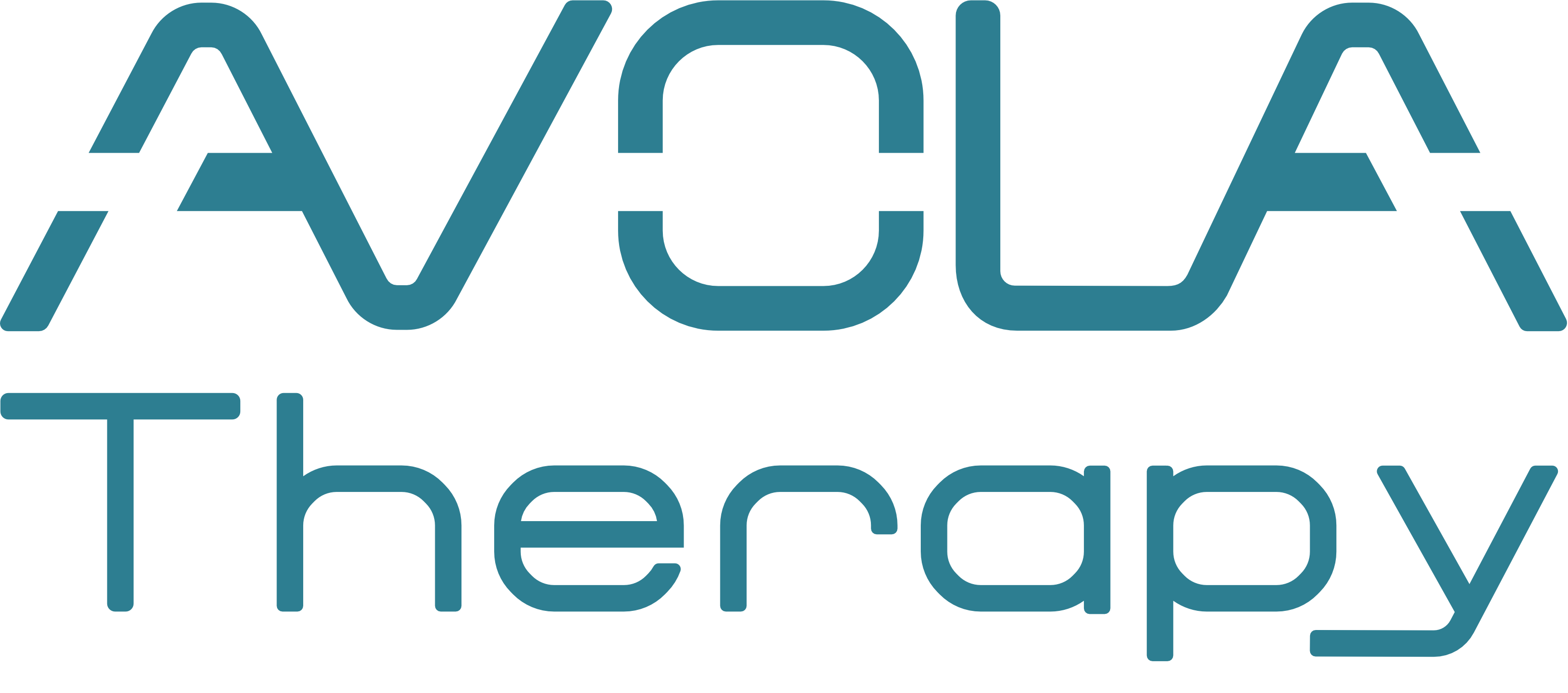Understanding Back Pain: Causes, Consequences, and How Occupational Therapy Can Help
Back pain is one of the most common health complaints in the world. In fact, it’s estimated that up to 80% of adults will experience back pain at some point in their lives. While it often begins as a mild annoyance, back pain can escalate quickly—disrupting sleep, limiting activity, and affecting work, relationships, and mental health.
But back pain doesn’t have to control your life. With the right approach—including Occupational Therapy (OT)—you can manage pain, improve function, and get back to doing the things that matter.
What Causes Back Pain?
Back pain can arise from a variety of sources, including:
- Muscle strain from lifting, twisting, or poor posture
- Herniated or bulging discs putting pressure on nerves
- Degenerative disc disease associated with aging
- Spinal stenosis or narrowing of the spinal canal
- Arthritis, osteoporosis, or other chronic conditions
- Poor ergonomics at work or home
- Stress and tension, which can lead to muscle tightness
Sometimes, the exact cause of back pain isn’t clear, but the impact is always real.
How Back Pain Affects Daily Life
Chronic or recurrent back pain can interfere with almost every aspect of daily life:
- Difficulty sitting, standing, or walking for long periods
- Trouble lifting or reaching
- Interrupted sleep due to discomfort
- Limitations in work, caregiving, or hobbies
- Fatigue and reduced physical fitness
- Emotional effects like anxiety, frustration, or depression
Without proper intervention, back pain can become a cycle: pain leads to inactivity, which leads to weakness and further pain.
How Occupational Therapy Can Help
Occupational Therapy focuses on restoring function—helping people engage in meaningful daily activities despite pain or physical limitations. OT offers a holistic, personalized approach to back pain management.
Key components of OT for back pain include:
1. Activity Analysis and Modification
OTs assess how pain affects your daily life and find ways to reduce strain. This might involve teaching safer lifting techniques, changing how you get dressed, or modifying how you do chores, work tasks, or hobbies.
2. Ergonomics and Posture Training
OTs can evaluate your workstation, home setup, or caregiving roles and suggest ergonomic improvements—like lumbar supports, adjustable chairs, or optimal desk height—to prevent flare-ups.
3. Strength and Flexibility Programs
While not a substitute for physical therapy, OTs guide gentle strengthening and stretching routines that support back health while staying within safe, functional limits.
4. Pain and Fatigue Management
Therapists teach strategies like pacing, energy conservation, breathing techniques, and body mechanics to help you stay active without overexerting.
5. Mental and Emotional Support
Chronic pain often takes a toll on mood and motivation. OTs help you build routines, set goals, and re-engage in activities you enjoy—restoring a sense of control and purpose.
When to Seek Help
If your back pain lasts more than a few weeks, interferes with your daily routine, or is recurring despite rest or medications, it’s time to talk to a healthcare provider. An Occupational Therapist can work alongside your medical team to develop a sustainable plan tailored to your life and goals.
Takeaway
Back pain may be common, but it’s not something you have to live with or work around alone. Occupational Therapy offers a practical, empowering path to long-term relief—not just by treating symptoms, but by rebuilding the strength, habits, and confidence you need to live fully and function well.

